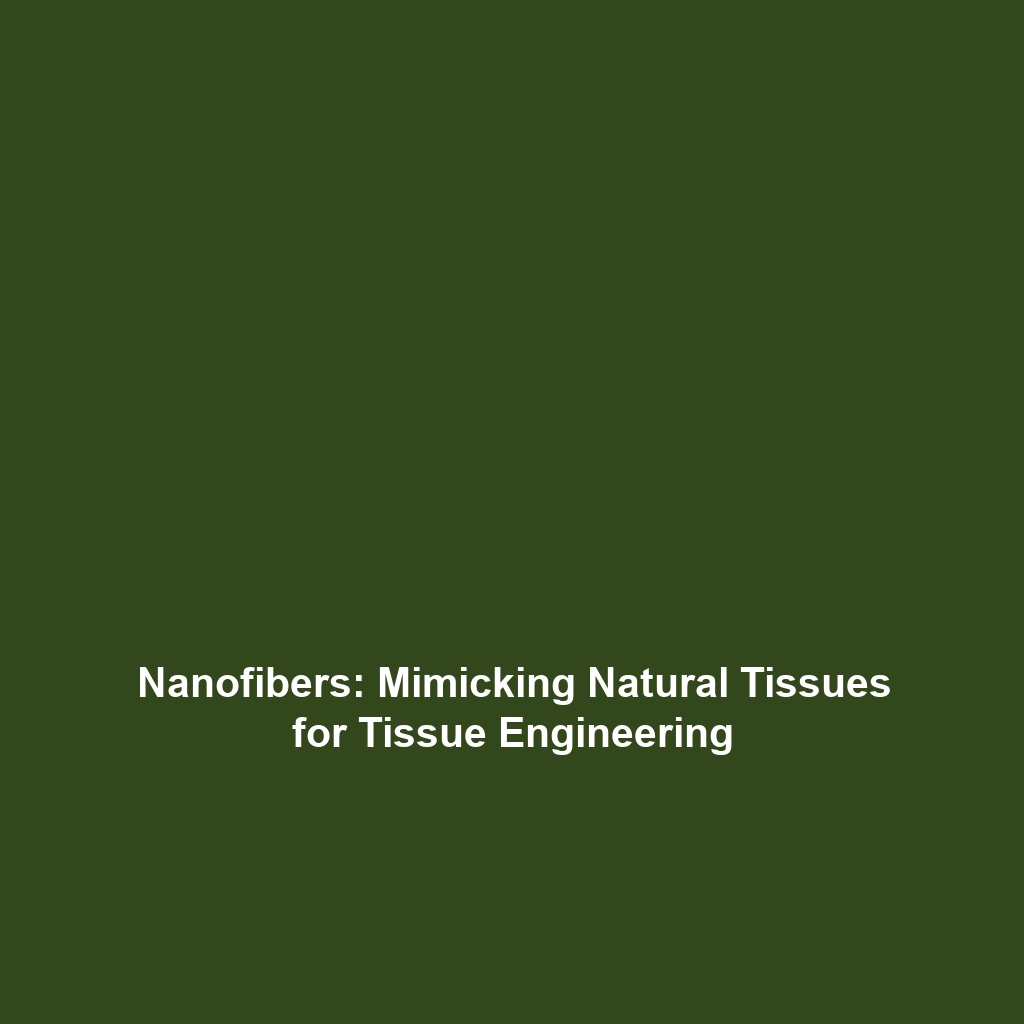Bottom-Up Synthesis: Chemical Vapor Deposition in Advanced Nanomaterials
Introduction
Bottom-up synthesis, particularly through methods like Chemical Vapor Deposition (CVD), plays a crucial role in the field of advanced nanomaterials. This technique allows for the precise formation of nanoscale materials and structures, contributing to innovations across various industries. Understanding CVD within the context of bottom-up synthesis is essential for researchers and engineers looking to leverage the properties of nanomaterials for applications ranging from electronics to medicine. This article delves into the significance of CVD, its methodologies, applications, challenges, and future directions in the rapidly evolving landscape of advanced nanomaterials.
Key Concepts
Understanding Bottom-Up Synthesis
Bottom-up synthesis refers to constructing materials from molecular components or nanoparticles, as opposed to top-down methods that involve breaking down larger materials. Chemical Vapor Deposition (CVD) is particularly relevant due to its ability to produce high-quality nanomaterials with precise control over their composition and structural properties.
CVD Methods in Detail
CVD involves the chemical reaction of gaseous precursors that deposit a solid material on a substrate. Key principles include:
- Precursor Selection: The choice of chemical precursors is critical for the desired material properties.
- Temperature Control: Reaction temperature significantly influences the morphology and purity of the resultant nanomaterials.
- Pressure Management: The deposition process often occurs under low or atmospheric pressure, affecting the growth rate and quality of the material.
Applications and Real-World Uses
The applications of Bottom-Up Synthesis, particularly through CVD, are vast and impactful in the field of advanced nanomaterials. Examples include:
- Semiconductor Manufacturing: In the production of high-performance transistors and chips.
- Photovoltaics: CVD is used to create thin films for solar cells, enhancing efficiency.
- Biomedical Applications: Fabricating nanostructured surfaces for drug delivery systems and tissue engineering.
These applications demonstrate how CVD methods are pivotal in advancing technology in multiple sectors.
Current Challenges
Despite its advantages, there are challenges associated with Bottom-Up Synthesis methods like CVD:
- High Equipment Costs: The sophisticated equipment required for CVD can be prohibitively expensive for some research institutions.
- Scalability Issues: Transitioning laboratory-scale processes to industrial-scale production poses significant challenges.
- Material Consistency: Achieving uniformity in material quality can be complex, affecting reliability in applications.
Future Research and Innovations
The future of Bottom-Up Synthesis, especially concerning CVD, appears promising with ongoing research focusing on:
- New Precursor Development: Discovering novel chemical precursors that enhance the efficiency and quality of deposition.
- Integration with Other Methods: Combining CVD with techniques like atomic layer deposition (ALD) for improved nanomaterial fabrication.
- Sustainability: Research into greener CVD methods to minimize the environmental impact.
These advancements are poised to revolutionize the field of advanced nanomaterials.
Conclusion
In summary, Bottom-Up Synthesis, particularly through Chemical Vapor Deposition, is integral to the development of advanced nanomaterials. It offers tremendous potential across various applications while facing challenges that require innovative solutions. Continued research and technological advancements will drive the future of CVD in nanotechnology. For more insights on advanced materials and their applications, consider exploring our other resources on nanotechnology and material science.

